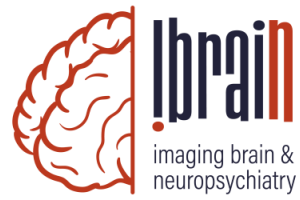SHR/NCrl rats as a model of ADHD can be discriminated from controls based on their brain, blood, or urine metabolomes
Résumé
Abstract Attention-Deficit Hyperactivity Disorder (ADHD) is one of the most common neurodevelopmental disorder characterized by inattention, impulsivity, and hyperactivity. The neurobiological mechanisms underlying ADHD are still poorly understood, and its diagnosis remains difficult due to its heterogeneity. Metabolomics is a recent strategy for the holistic exploration of metabolism and is well suited for investigating the pathophysiology of diseases and finding molecular biomarkers. A few clinical metabolomic studies have been performed on peripheral samples from ADHD patients but are limited by their access to the brain. Here, we investigated the brain, blood, and urine metabolomes of SHR/NCrl vs WKY/NHsd rats to better understand the neurobiology and to find potential peripheral biomarkers underlying the ADHD-like phenotype of this animal model. We showed that SHR/NCrl rats can be differentiated from controls based on their brain, blood, and urine metabolomes. In the brain, SHR/NCrl rats displayed modifications in metabolic pathways related to energy metabolism and oxidative stress further supporting their importance in the pathophysiology of ADHD bringing news arguments in favor of the Neuroenergetic theory of ADHD. Besides, the peripheral metabolome of SHR/NCrl rats also shared more than half of these differences further supporting the importance of looking at multiple matrices to characterize a pathophysiological condition of an individual. This also stresses out the importance of investigating the peripheral energy and oxidative stress metabolic pathways in the search of biomarkers of ADHD.
Domaines
Neurosciences| Origine | Fichiers éditeurs autorisés sur une archive ouverte |
|---|
